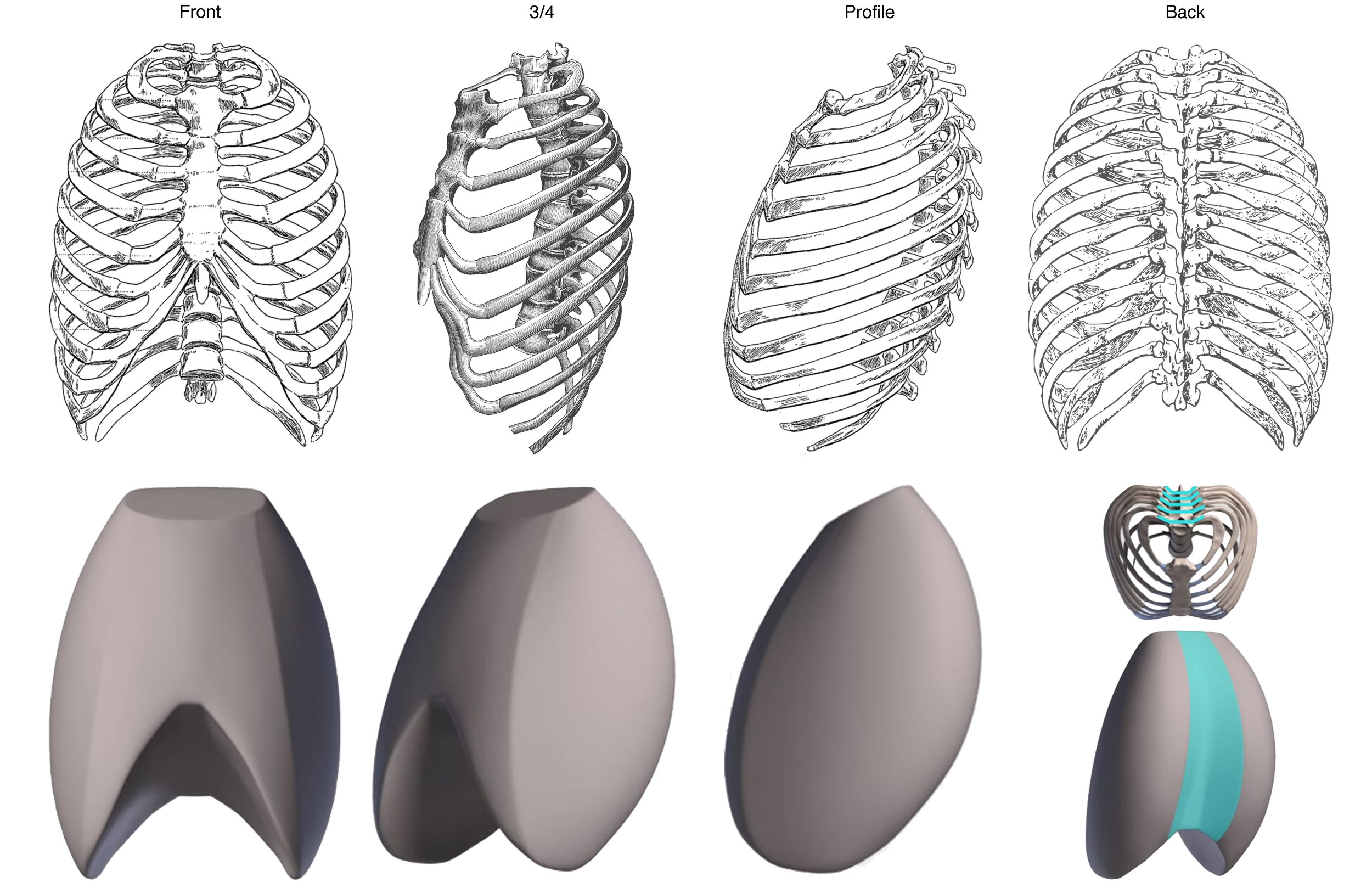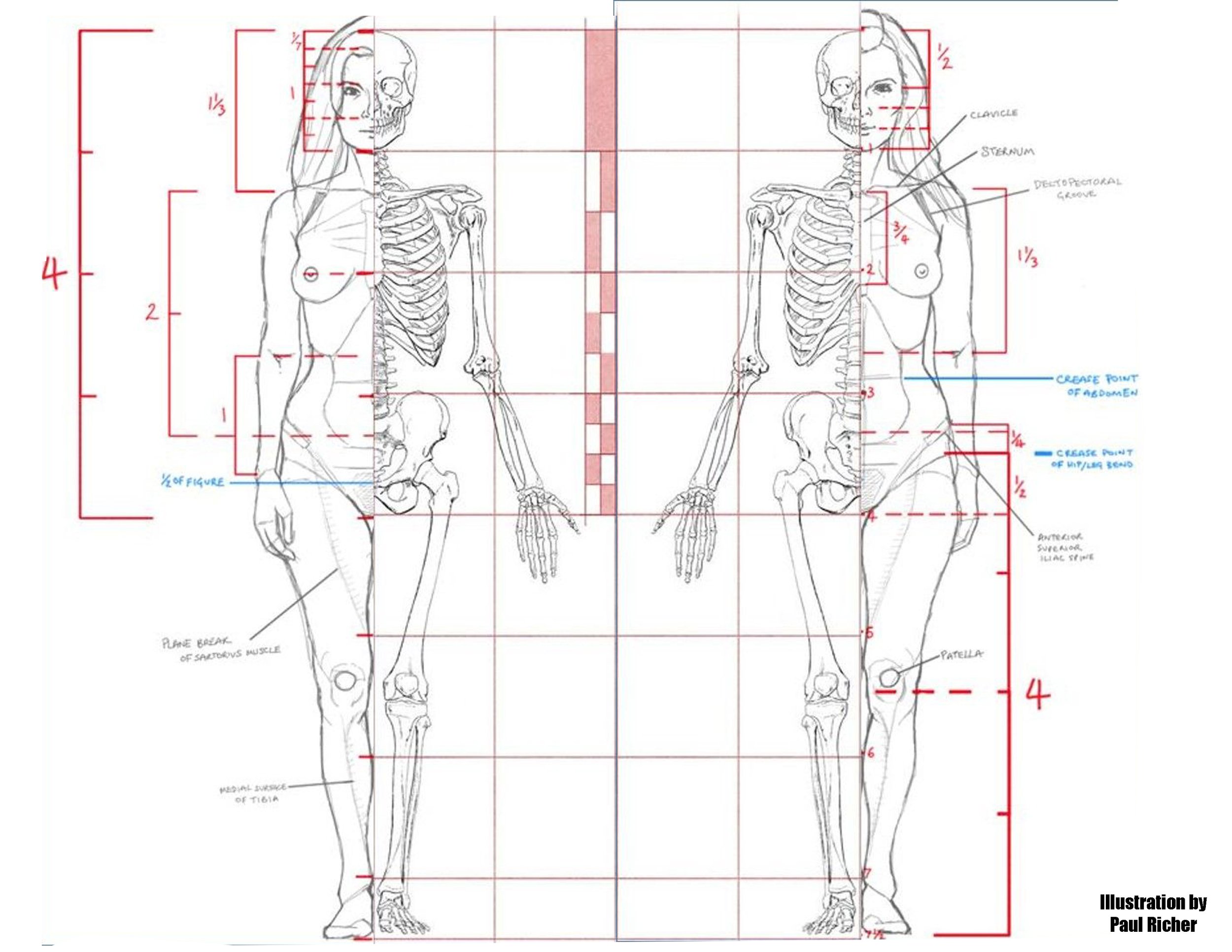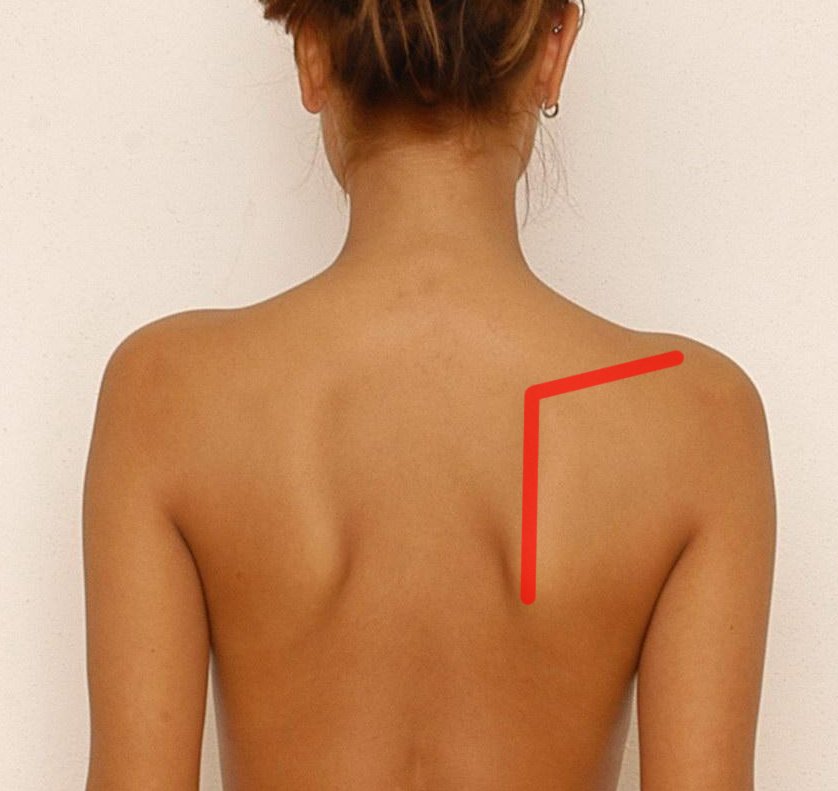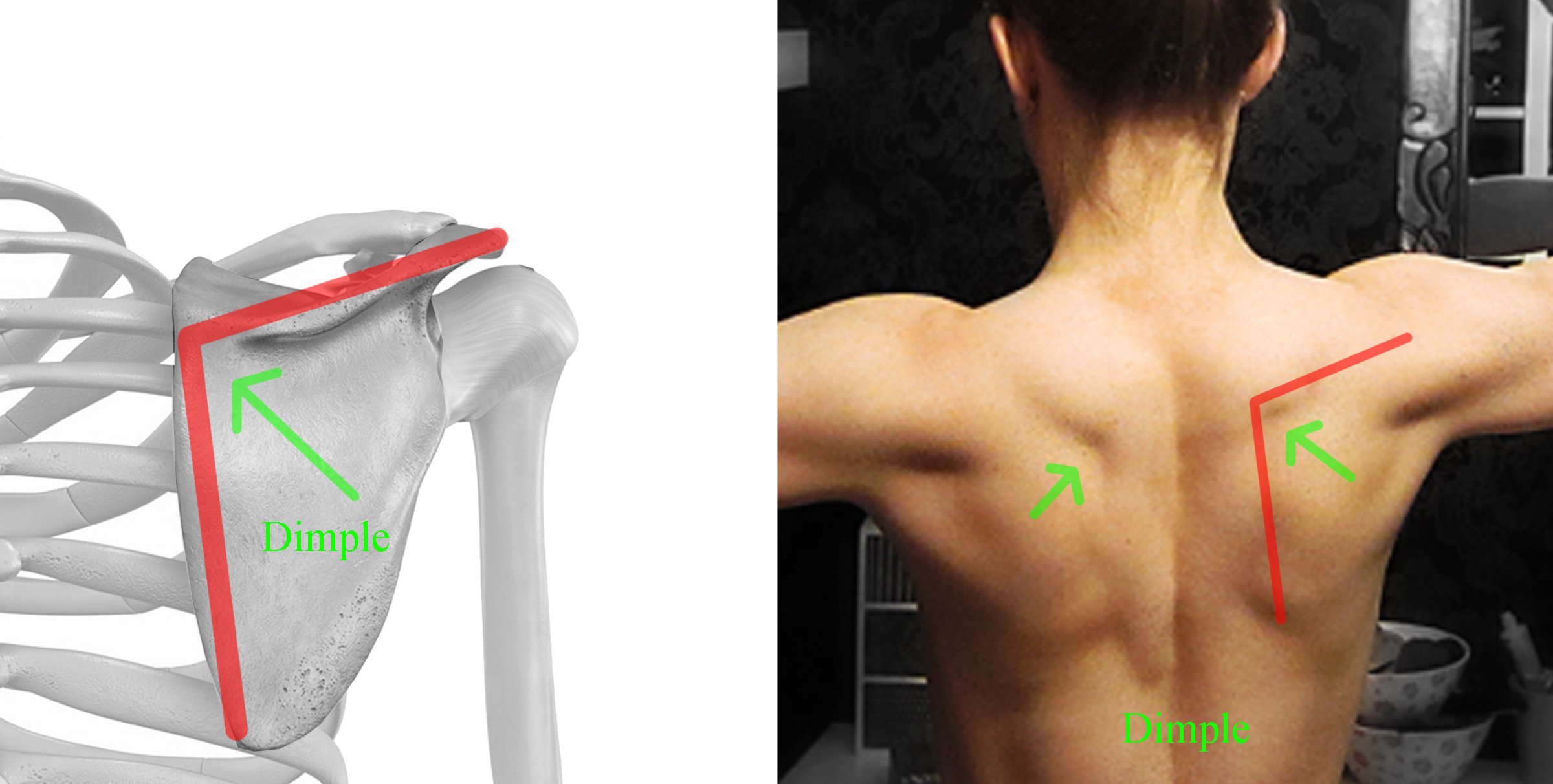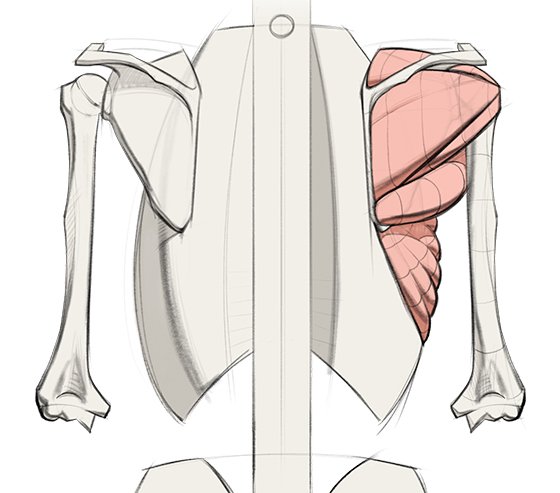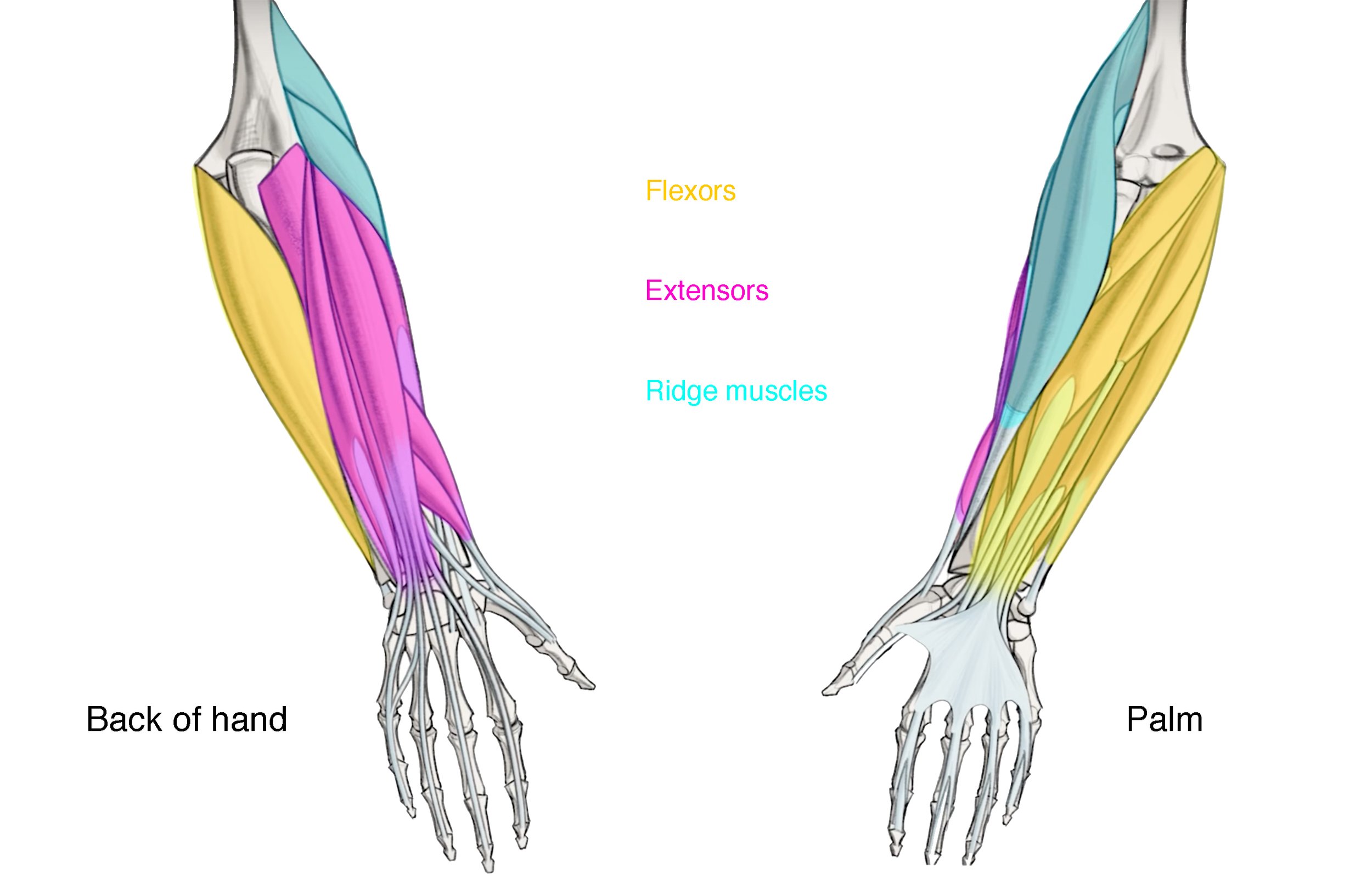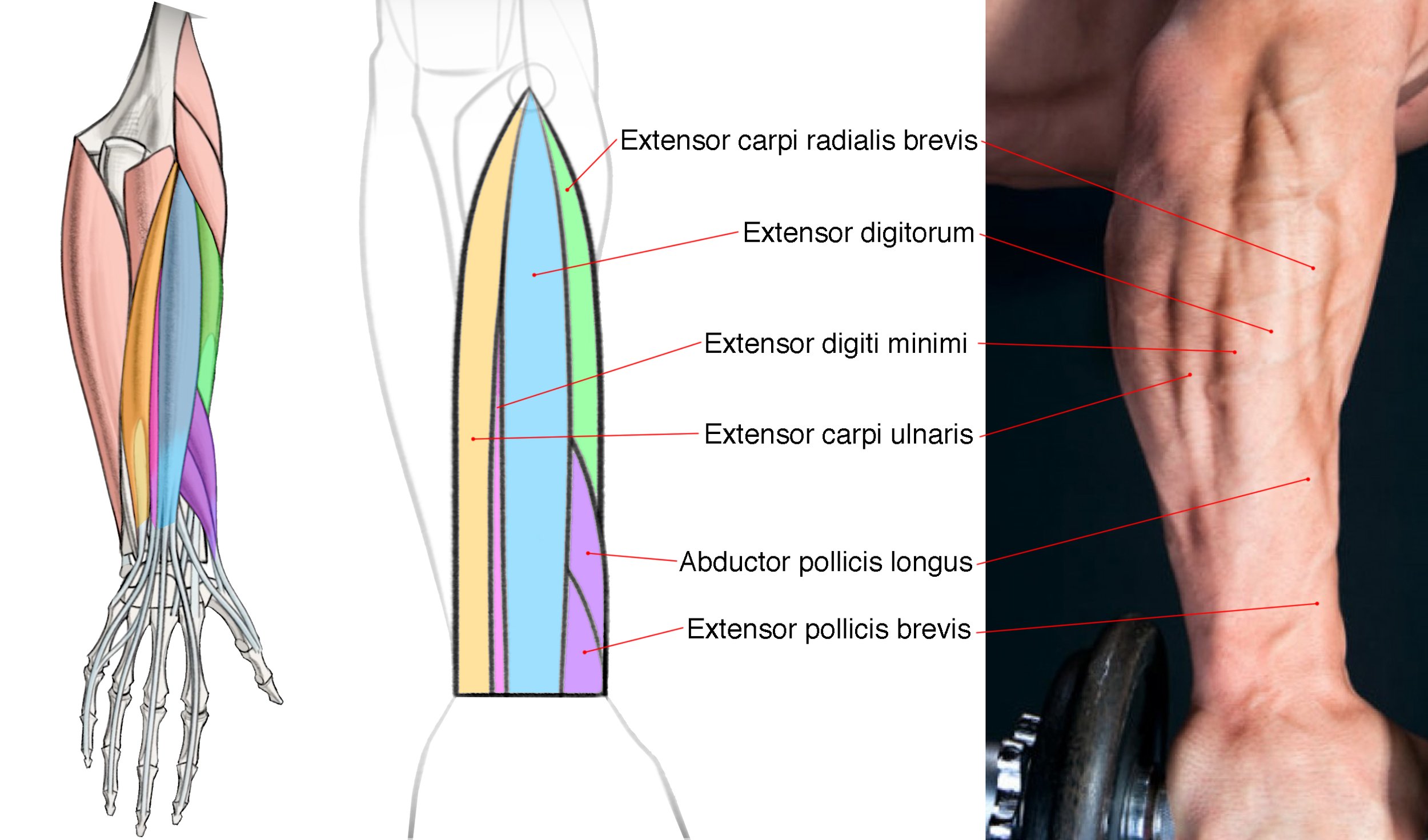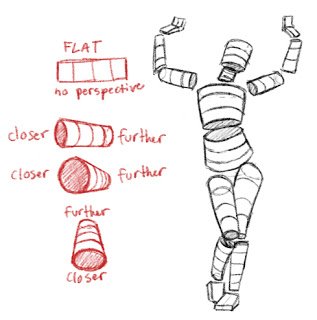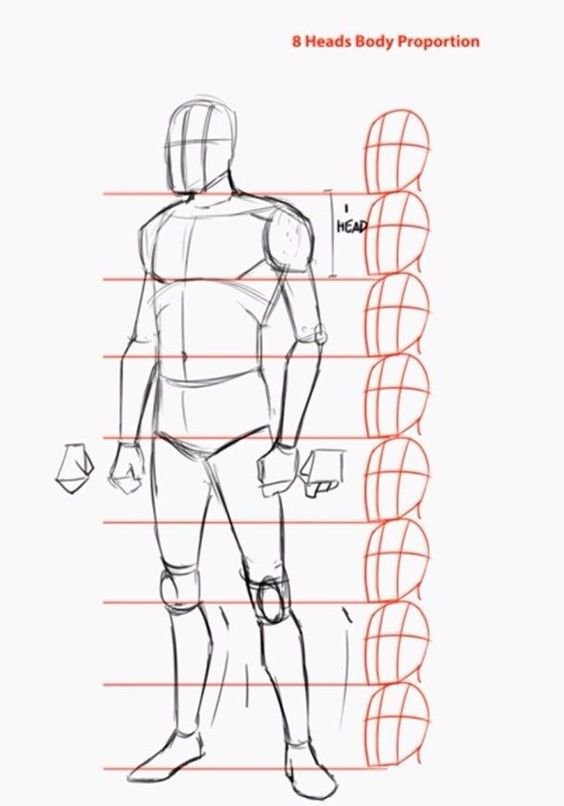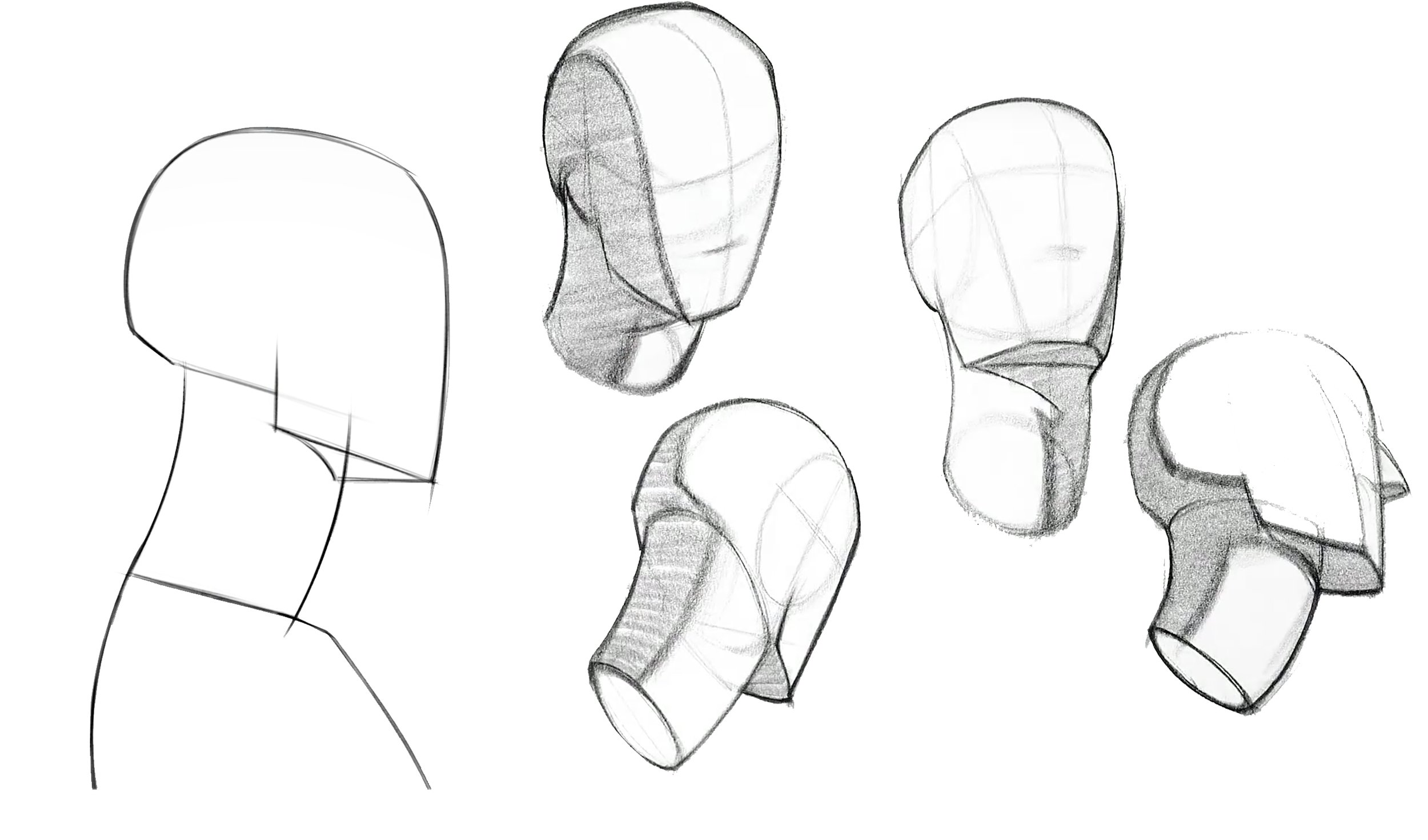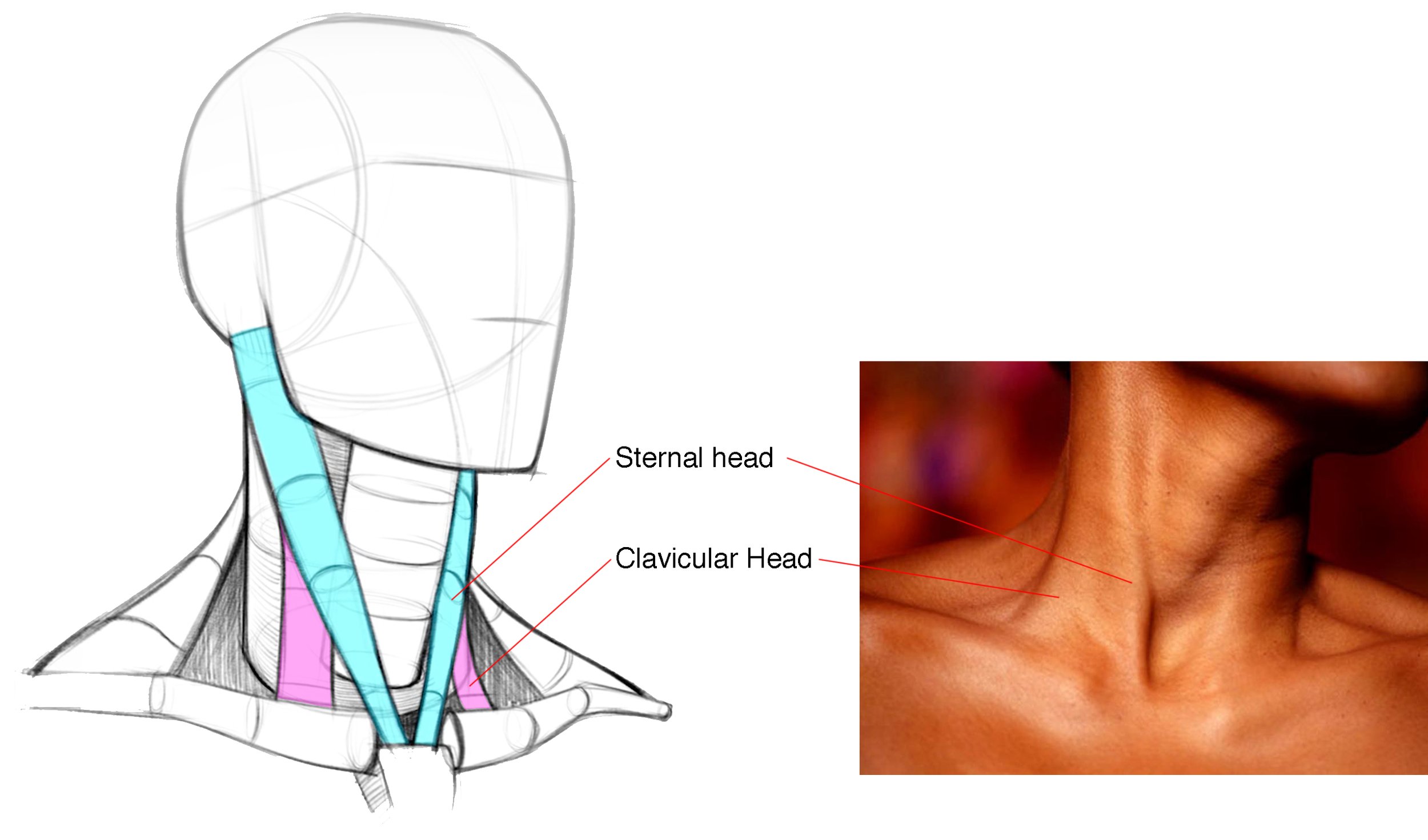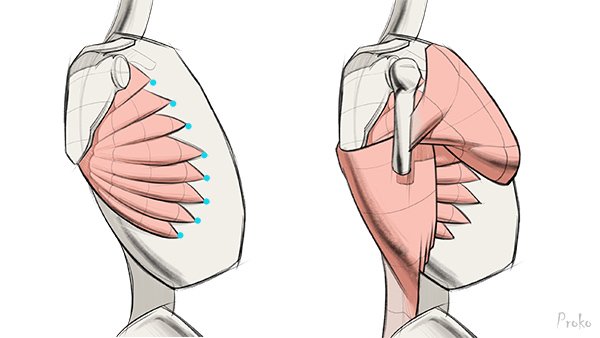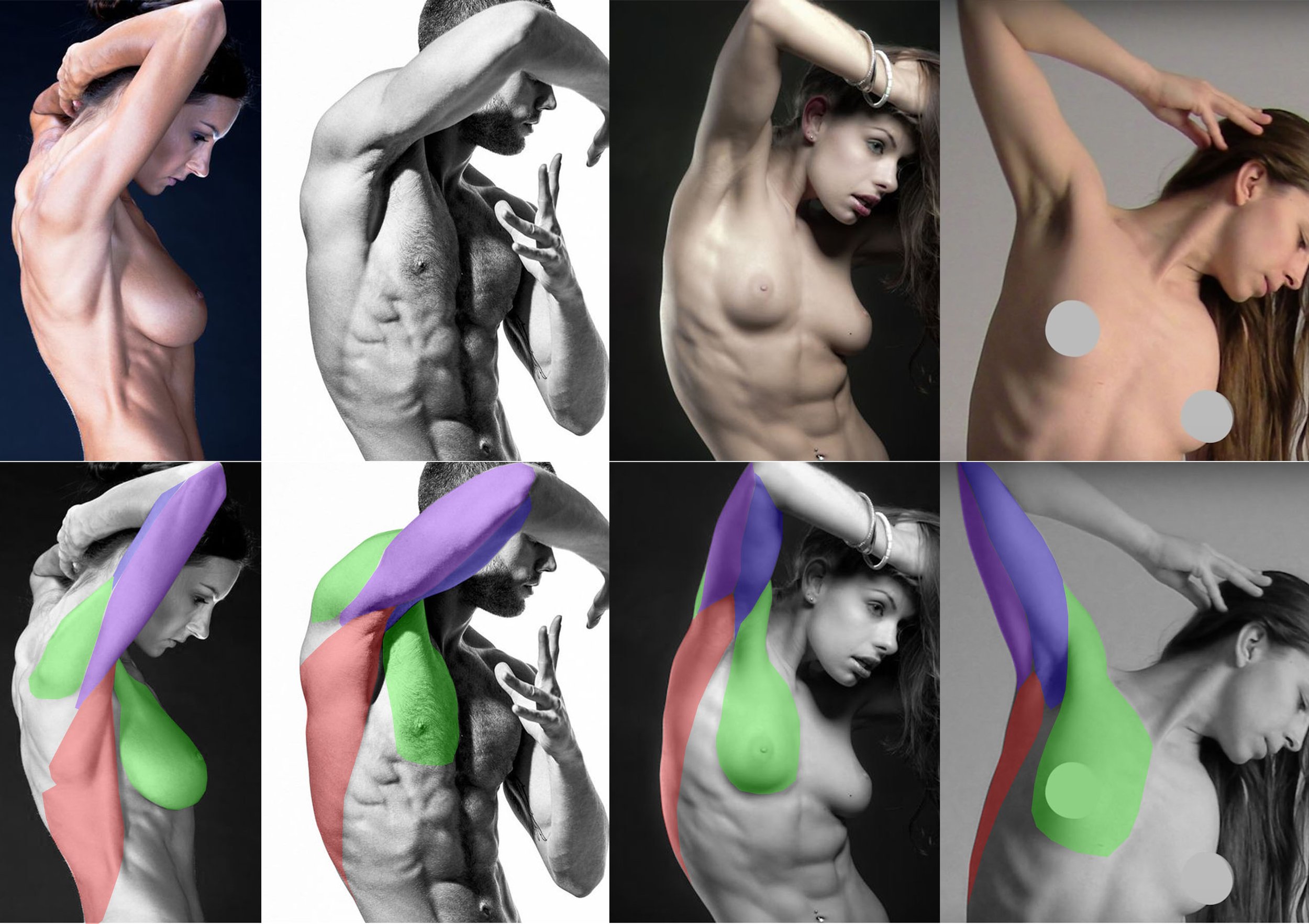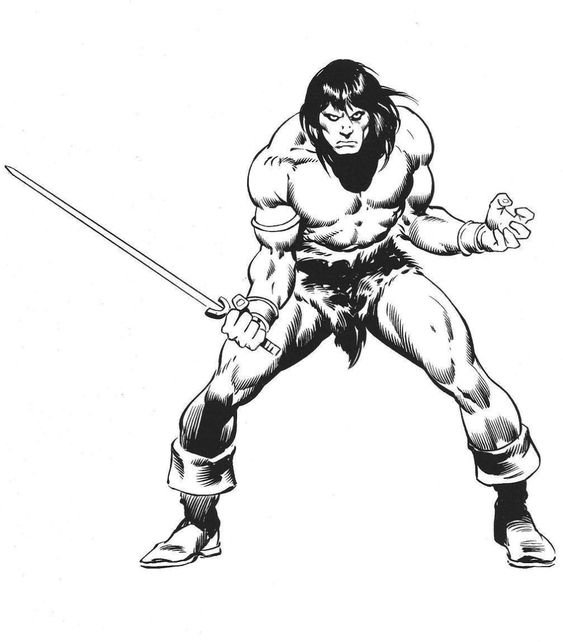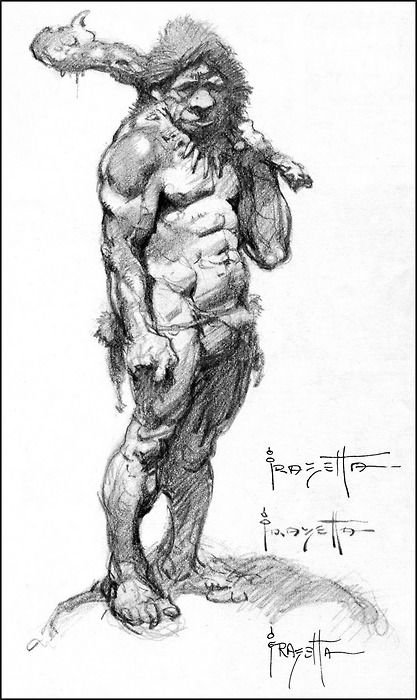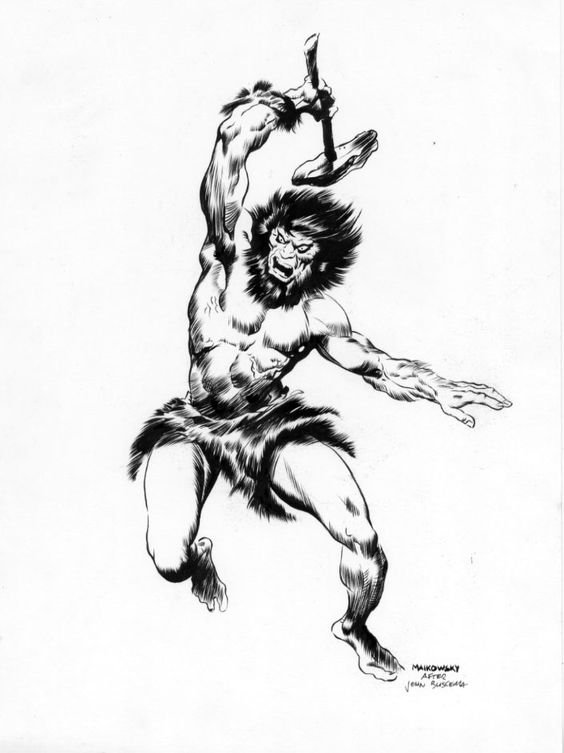Construction drawing and artistic anatomy
There are two fundamentally different approaches to figure drawing. The visual impression approach and the construction drawing approach.
The visual impression approach is based on copying abstract, two dimensional shapes and visual relationships that we see in a photo reference or live model. With the visual impression approach, artist approach figure drawing in the same way they would draw a still life or landscape. This method works wonderfully when drawing from a reference. The strength of this method is that less back knowledge of anatomy or proportions is needed to draw this way, and the drawing more quickly achieves a likeness of a particular model. This approach is covered quite a bit in some of the other workshops that are offered at ZAFA. The downside to this technique is that you can pretty much only draw what is in front of you, and in a very abstract, naive way. You can copy shapes and values, but do not have a clear understand of what those shape you are looking at actually represent, making it sometimes difficult to record them accurately.
In this workshop we will be focusing on the other approach. The construction drawing and artistic anatomy approach.
Construction drawing is the best method for drawing figures from imagination. This method is used by comic book artist, animators, concept artists, illustrators, and anyone who needs to create a figure without a reference. The strengths of this method are that, once mastered, an artist can draw a figure in any position ,from any angle, performing any action from their imagination.
The study of artistic anatomy is a big part of the construction drawing approach. Knowing not only how to identify different muscles, but also what they look like from different angles and while performing different actions is a primary focus of artists using the construction drawing approach to figure drawing.
With the construction drawing approach we can think of the learning process as building a mannequin in our minds eye. A proportionally accurate mannequin who’s joints have the same range of motion as a real person. As an artist, we want to be able to view this mannequin from different angles in our minds eye and on the page, and to be able to move it into different positions. Often times this mannequin has several different phases of complexity to it. In the posing phase, the mannequin is very simplified. Once the pose is established, the artist uses their understanding of artistic anatomy to increase the complexity of their mannequin by attaching muscles and turning them from a mannequin into a person..
Artistic anatomy is a large subject. This workshop will create a functional foundation for students to be able to build anatomically accurate figures from imagination. Students will first learn how to draw the forms of the human body in a simplified way. Students will learn the canon of proportions of the body, memory shapes for the pelvis, ribcage, skull, and limbs.
From there, we will start making our mental manikin more complex by adding anatomically accurate muscles. The class will learn the forms of each muscle group as a whole, and then break down the muscle groups into individual muscles. Students will learn the attachment points for each muscle, as well as how it’s form changes when flexed, relaxed and stretched. We will do this muscle group by muscle group until we have built the entire figure.
We will work from photo references, master copies of the works of David Finch, Frank Frazetta, and John Buscema, and anatomy handouts as we examine each muscle from all angels. We will be doing lots of sketching exercises in in this class, first copying what we see in reference, then drawing from our imagination in order to internalize these shapes and build up a mental library of 3D memory shapes.
The instructor will be giving lectures on the days lesson each class, as well as doing live demos of the class projects alongside students.
Students will also benefit from individualized critiques and one on one instruction each day.
I hope you have a chance to join us for this workshop and begin your journey of learning artistic anatomy.
Skills students will learn in the workshop:
-Canon of proportions for the human body
-Loomis head and the construction drawing approach to portraits and features.
-How to approach drawing hands and feet
-Learn the surface muscles of the entire human body
-How to build a proportionally accurate 3D manikin and position it from your imagination.
-Be introduced to shading, values, light effects and rendering
DETAILS
10, 3 hour classes
July 27th to August 25th
Saturdays and Sundays 9AM - 12
This Workshop is $440
Art classes are more fun when shared with a friend. Bring a friend who has not taken one of our courses before and you will both receive a %10 discount off of the listed workshop price.
TO SIGN UP FOR THIS WORKSHOP, PLEASE FILL OUT AND SUBMIT THE FORM BELOW.
“This class was fantastic! I 100% recommend taking workshops at ZAFA. The instructor is so talented in his craft and in teaching. He was thoughtful and supportive throughout the process and was able to teach the skills in a way that was kind, easy to understand and was so patient as I asked him to repeat steps or re-explain the process.
The facility was great, the environment was great and the camaraderie with other students was perfect.
I did find this class challenging but never did I feel unsupported. I’m so happy I took this class.”
“Great for experienced artists and beginners alike! My wife and I have taken several workshops with ZAFA and thoroughly enjoyed everyone! Highly recommend for anyone interested in picking up a new hobby or refining their skills!!!”
“Every class I attend, I always take something with me that helps improve my work. William does a great job at guiding you to reach your potential.”


